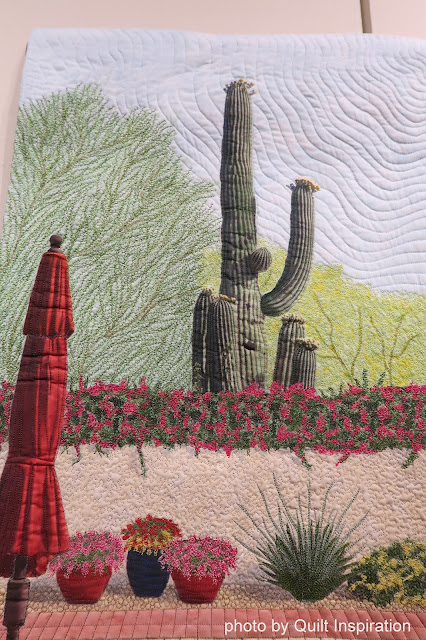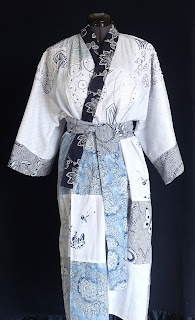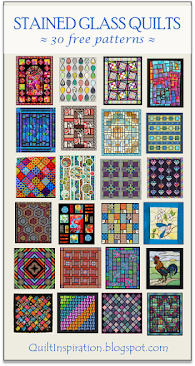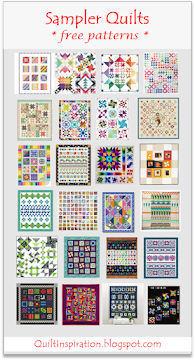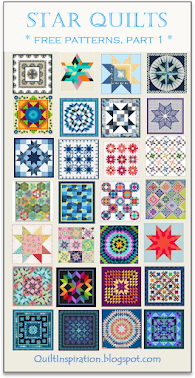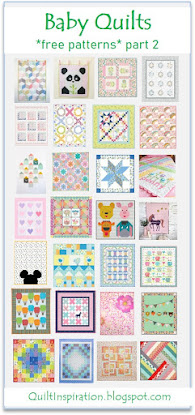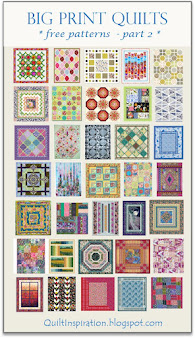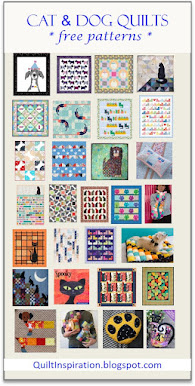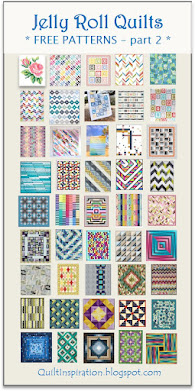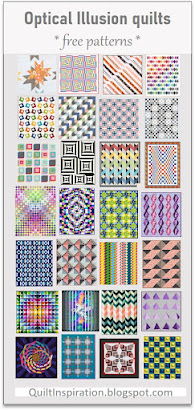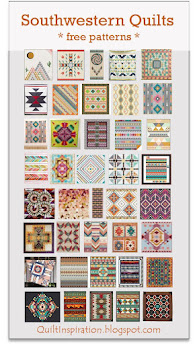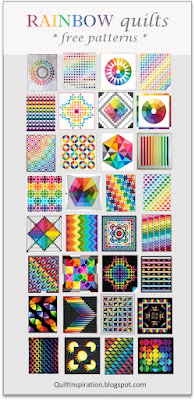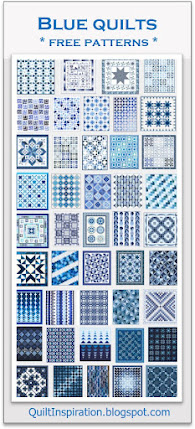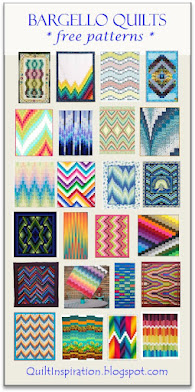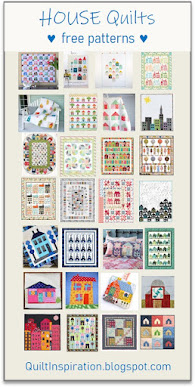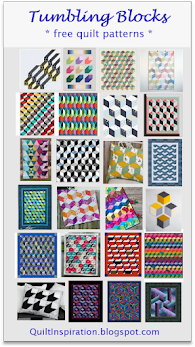The Connecting Our Natural Worlds
exhibit by SAQA showcases art quilts that
illustrate the natural wonder of habitats around the globe. Through
their own unique artistic interpretation, each artist has identified
danger to flora and fauna in their own backyards. The selected pieces
inspire viewers to get closer to nature and become better stewards for
our environment. We recently visited this outstanding exhibit at the Brigham City Museum in Utah.
~ P.S. Check out our eBay shop for great bargains on books, magazines, and collectible items. For free quilt patterns, please visit us on Twitter.
Desde Mi Ventana (From My Window) by Georgia B. Heller (Arizona)
Georgia B. Heller says, "This is a view of my yard in Scottsdale, Arizona. The colorful pool and patio invite you to enjoy the outdoors, and the ambiance is accented with several native plants. The saguaro cactus defines the Sonoran Desert and its blossoms are the state flower."
A short drive away from this locale is the Sonoran Desert Preserve, a protected desert and mountain habitat. Georgia notes, "By keeping large areas safe from human development, we hope to find a balance between preserving their natural beauty and the demands of population growth."
This beautifully rendered, photo-inspired scene was constructed with cotton, acid-free inks and markers. Many of the details were accented with thread painting. Applique was used to construct the brightly painted Talavera pottery seen on the table, above.
Soon the Summer Sun by Brenda H. Smith (Arizona)
This fantastic art quilt honors the penstemon, which provides valuable nectar for many insects and hummingbirds. Brenda H. Smith says, "Penstemons are some of my favorite flowers. We have planted these low-water-use species to add color and augment the native landscaping in our yard [in Flagstaff, Arizona.] Penstemon species native to Arizona are not endangered, but reducing non-native plants in favor of native species helps preserve local biodiversity in our urban landscapes."
Soon The Summer Sun was constructed with hand dyed and commercial cottons, which were painted, screen-printed, fused, machine appliqued and machine quilted.
Sonoran Monsoon by Debra Kay (Arizona)
People who live in the Sonoran Desert are familiar with the summer monsoons, which bring much-needed rain and spectacular lightning displays to the parched terrain. Debra Kay says that her journey into art quilting began three years ago with a move to Tucson, Arizona. She began to depict desert scenes with mountains, washes, and desert flora and fauna. The jagged outlines of the Catalina Mountains are shown in this piece.
Streaks of lightning can be seen above the mountains, with the rocks and sand rendered in muted tones of the appliqued batiks. Sonoran Monsoon was constructed with cotton and cheesecloth, using various techniques including batiking and tea dying; applique; free motion stitching; and fabric painting. We were intrigued by the use of a coiled and knotted fabric "rope" to outline the upper edge of the quilt, shown below.
Precious Reserves by Linda Syverson Guild (Maryland)
Amazing in its detail, Precious Reserves pays tribute to the High Plains aquifer, which is critical for the existence of the magnificent Sandhill cranes that live along the Platte River in Nebraska. Linda Syverson Guild says, "Our world exists in a precarious balance with nature. What lies beneath the surface of the earth is the 'Fort Knox' of our future - the precious reserves."
The High Plains Aquifer is depicted in meticulous geographic detail with applique and embroidery, ranging from Texas to Wyoming and South Dakota. Linda explains that central pivot irrigation has depleted the reserves to the point of crisis, endangering the Sandhill cranes. Many different materials and techniques were used to create this piece, including hand-dyed and commercial fabric, polyester netting, and fabric paint. The shading, created with black netting, can be seen in the closeup photo below.
Image credits: Photos were taken by Quilt Inspiration at the Brigham City Museum in Utah. As of August 2021, many of the pieces can be purchased at the Connecting Our Natural Worlds web page.

